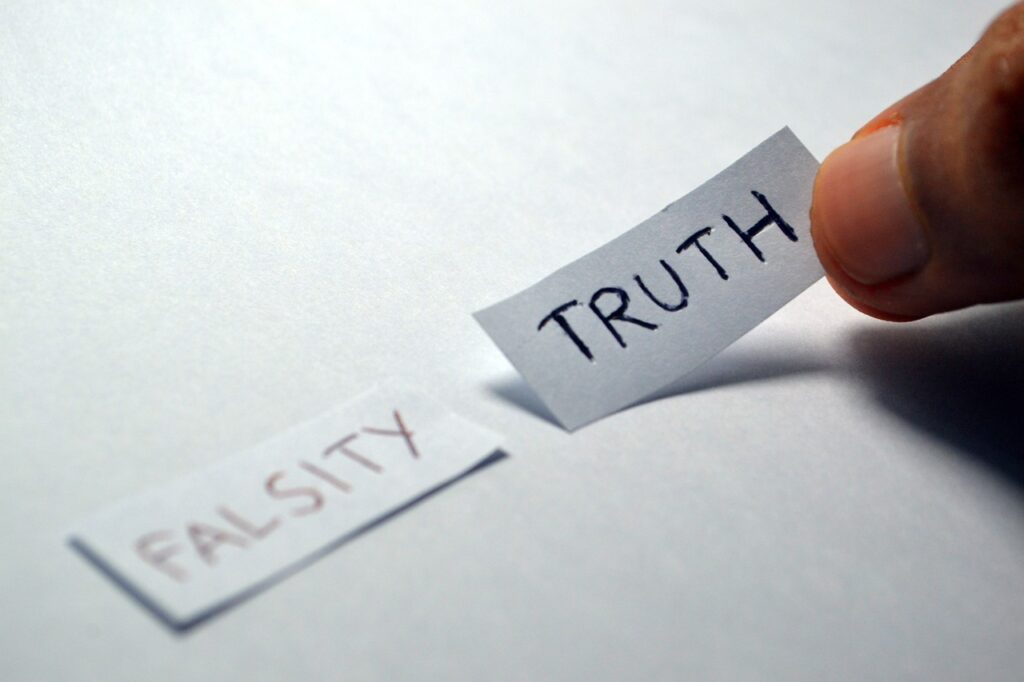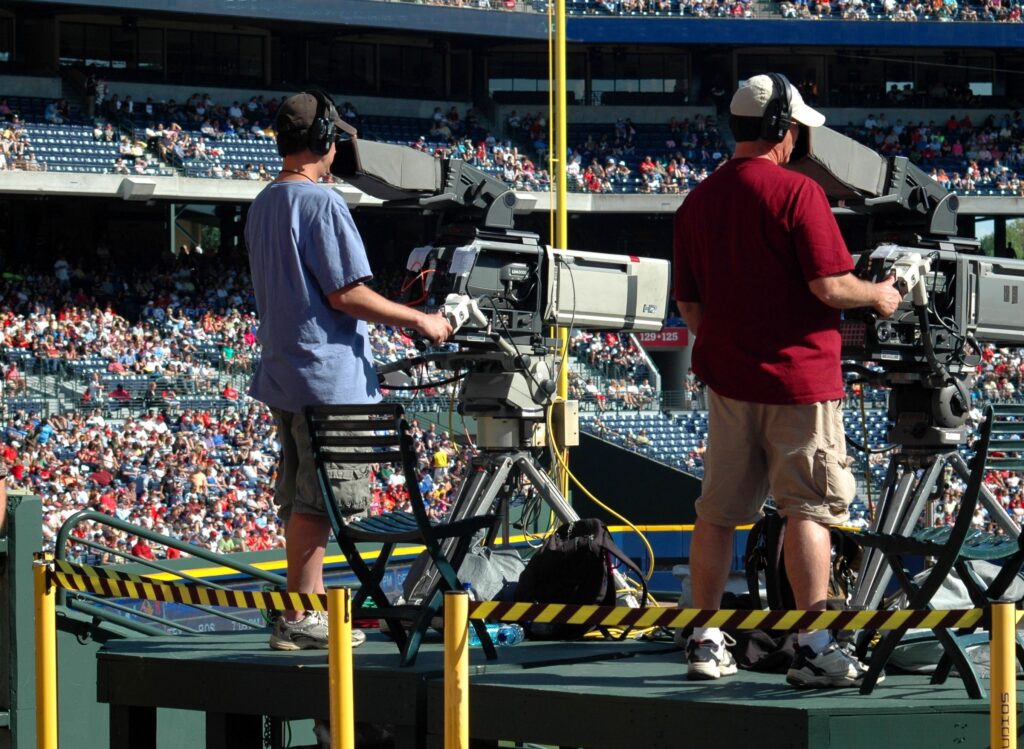What is Paid News?
Paid news is those articles in print and electronic media that demonstrate favorable conditions for the organization that had paid for it. This kind of paid news is considered serious malpractice and it influences the minds of the viewers and would not let them know what the real facts are. Such news projects only those aspects which the organization wants to show to the audience. There is an urgent need for stricter punitive provisions to control paid news and also to seek further empowerment of the Election Commission of India to deal with the cases of paid news during elections time.
Paid news gathered a lot of importance during the elections time as it has raised electoral concerns because media plays a crucial role in directly influencing the minds of the voters. It can easily change the thought process of the voters and it is a serious concern. Hence, regulation of such paid news is the need of the hour.
Press Council of India, explains paid news as “any news or analysis that appears in any media (both print & electronic) for a price in cash or kind as a consideration”. It is considered “grave electoral malpractice” on the part of candidates to circumvent expenditure limits. Even the payment methods usually violate the election spending laws and tax laws. Although, paid news is not an electoral offense yet. But it has to be made as soon as possible.
What are the reasons for the increase in paid news?
Parliamentary Standing Committee on Information Technology in its report titled “Issues Related to Paid News” identified the following reasons for paid news:
a) Reasons related to media: Corporatization of media decline in the autonomy of editors/journalists due to the emergence of the contract system, desegregation of ownership and editorial roles, and poor wage levels of journalists.
b) Issues with regulators: The above committee found voluntary self-regulatory industry bodies like the News Broadcasting Standards Authority and Broadcasting Content Complaints Council as an ‘eyewash’.
c) Inadequate punitive powers of statutory regulators like the PCI and Electronic Media Monitoring Centre (EMMC).
d) The conflict of interest inherent with the appointment of media-owners as members of PCI or self-regulatory bodies.
e) Inaction by Government: on various recommendations of the PCI and Election Commission of India (ECI).
f) Lack of clarity on penal provisions and jurisdiction: due to the existence of multiple bodies like the Ministry of Information and Broadcasting, Press Council of India, EMMC, and ECI.
g) Centralization of media ownership: There is a lack of restriction on ownership across different media segments like print, TV, or internet or between content and distribution gives rise to monopolistic practices.
h) Distribution of advertisements of government: The Directorate of Advertising & Visual Publicity (DAVP) is responsible for the execution of advertisements on behalf of the government agencies. It is alleged that the government uses advertisements to arm-twist media houses for favorable coverage.
Challenges in dealing with paid news
1) There is circumstantial evidence, but little proof about paid news. Establishing transaction of either kind or cash is indeed not very easy, as it is normally done without any record and it is promptly denied by both the parties when enquired.
2) Media violations, surrogate advertisements, and unreported advertisements are often mistaken as Paid News by MCMC.
3) Timelines are quite tight. However, if these are not maintained, it is not possible to account for the expenditure on Paid News in an election process.
How to tackle the menace of Paid News?
1) The meaning of “receiving payment for news”, “paying for news”, and “political advertisement” should be placed in the Representation of the People Act, 1951.
2) Making paid news an electoral offense will lead to disqualification.
3) Disclosure provisions for all forms of media: This would help the public identify the nature of the content (paid content or editorial content), and to keep track of transactions between the candidates and the media.
4) A new section should be inserted in the RPA to deal with the non-disclosure of interests in political advertising.
5) Recommendations by Parliamentary Standing Committee on Information Technology in its report titled “Issues Related to Paid News”
a) Inspection of financial accounts of the media houses, especially the revenue source for a suspected case of paid news.
b) Disclosure of ‘private treaties’ and details of advertising revenue received by the media houses.
c) Creation of a single regulatory body for both electronic and print media or enhancing the punitive powers of the PCI and also setting-up of a similar statutory body for the electronic media.
d) Regulators should not include interested parties or media owners as members.
e) Transparent and unbiased policy for distribution of advertisements by the central and state governments, with provisions for scrutiny. Also, DAVP should disclose details about disbursements of advertisements expenditure on its website.
f) The Press Council of India has sought amendment in the Press Council Act, 1978, to make its orders binding on the government authorities and also to bring the electronic media under its purview.
g) The Election Commission of India has recommended the inclusion of abetting and publishing of such paid news as an electoral offense with a minimum punishment of two years imprisonment.
h) Measures have to be taken to ensure self-regulation by candidates, media houses, and political parties. Preventive measures rather than punitive should be taken. For example: undertaking educational campaigns on Paid News involving media houses, political parties, and other stakeholders.
i) Adopting best practices of international media: Best practices should be adopted on the lines of the Justice Leveson Report on the press and existing regulatory structure in the UK.
Summing up:
It’s time that the Ministry of Information and Broadcasting (MoIB) should formulate a comprehensive legal definition for ‘paid news’, identify the reasons for its proliferation, recommendations to control it (on priority basis), loopholes in the existing mechanism, and also suggest measures for the usage of ‘circumstantial evidence’ in establishing the incidence of paid news.














Wow that was strange. I just wrote an incredibly long comment
but after I clicked submit my comment didn’t appear.
Grrrr… well I’m not writing all that over again. Anyways, just wanted
to say wonderful blog!
Thank you
This is very interesting, You are a very skilled blogger.
I’ve joined your feed and look forward to seeking more of your fantastic post.
Also, I have shared your site in my social networks!
I like this blog so much, saved to favorites.
Thank you
Hello! I just would like to give a huge thumbs up for the great info you have here on this post. I will be coming back to your blog for more soon.
Thank you
Do you mind if I quote a few of your articles as long as I provide credit and sources back to your webpage? My website is in the very same area of interest as yours and my users would really benefit from some of the information you present here. Please let me know if this okay with you. Many thanks!
Wonderful work! This is the type of information that should be shared around the net. Shame on Google for not positioning this post higher! Come on over and visit my web site . Thanks =)
Best article I have ever read !
Best content I have ever seen !
Hi, I like your writing so much! Looking forward to see you.
Best article I have ever read!
Hello, I read your blog from time to time.
I am regular visitor, how are you everybody? This piece of writing posted at this site is genuinely fastidious.
Also visit my web blog :: tracfone special coupon 2022
I think this is one of the most vital info for me. And i am glad reading your article. But want to remark on few general things, The site style is great, the articles is really great : D. Good job, cheers
Thank you
Thanks for posting. I really enjoyed reading it, especially because it addressed my problem. It helped me a lot and I hope it will help others too.
Welcome
Thanks for writing this article. I enjoy the topic too.
Welcome
You’ve been great to me. Thank you!
Welcome
Can you write more about it? Your articles are always helpful to me. Thank you!
Welcome
How can I learn more about it?
You’ve been a great help to me. Thank you!
Welcome
Thanks for your help and for writing this post. It’s been great.
Welcome